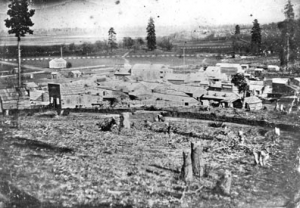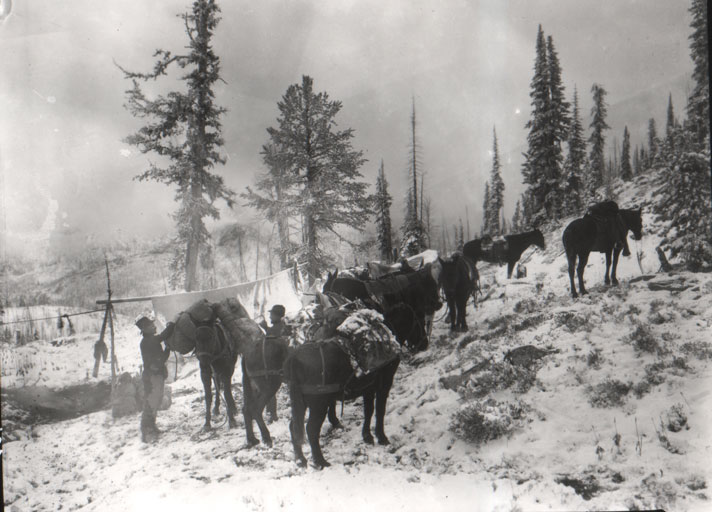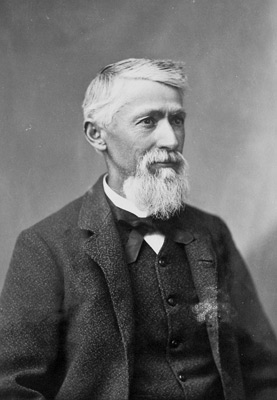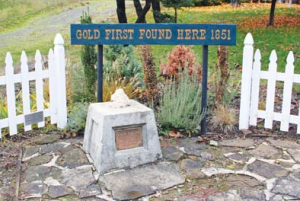Pioneer Profiles
In the mid-1800s, the promise of gold and free land lured fortune seekers and settlers to the newly formed Oregon Territory. They were soon followed by merchants who amassed their own wealth selling supplies to the miners and farmers. This ongoing series appears in the Jacksonville Review newspaper and shares the stories of these pioneers and their times.
|
William Green T’Vault “Saint or Sinner” Part 4 Our saga of William T’Vault (or Tevault, or Teevault, depending on his current persona) is drawing to a close. An individual who regularly reinvented himself, we’ve traced T’Vault through legal and political careers in Indiana, Arkansas, and Oregon; a marriage to the supposed “granddaughter” of Daniel Boone; a jail break following charges of rape and murder; an arduous trek across the Oregon Trail; a very short-lived tenure as the Oregon Territory’s first newspaper editor; an equally short-lived religious conversion wherein he confessed to being “an adulterer, a gambler, a hard drinker, and a scoundrel”; disastrous exploits as an egotistical but inexperienced trail guide; a so-so “Indian fighter”; and publisher of Jacksonville’s first newspaper, the Table Rock Sentinel. Whew! (Previous installments can be found in the Review’s September 2022, October 2022, and July 2023 online editions.) The Sentinel was T’Vault’s “bully pulpit,” and he used it and his positions in Oregon’s Territorial and State Legislatures to advocate for the introduction of slavery into what would become the new state of Oregon. As the Civil War loomed, T’Vault voiced often and eloquently his support for slavery and the “Southern cause.” … Read more. |
|
|
|
William Green T’Vault “Opportunist” Part 3 In Part 2 below, we left T’Vault in Southern Oregon in the spring of 1852. Following the discovery of gold, he had packed up his family and headed for the “Rich Gulch” country where he filed a donation land claim near what is now Gold Hill. He called it “Dardanelles.” Although gold may have been Southern Oregon’s attraction, mining required too much time, concentration, and patience for T’Vault, what with hours spent digging in creeks and washing out pans of mud. When hundreds of miners appeared in the area virtually overnight, he soon realized their pockets were a better source of gold than creek beds. He established T’Vault and Company ‘s Oregon and Shasta Express and Postal Service, providing service between Oregon City, Winchester, the Rogue River Indian Agency, Josephine Creek, Minersville, Humbug City, and Shasta Butte City (now Yreka, California). And although he had not deemed Postmaster for the Oregon Territory sufficiently lucrative, by December 1852 he had secured the position of first Postmaster in Southern Oregon—the third in the entire state. Since the post office operated out of T’Vault’s home, overhead was minimal. … Read more. |
|
|
|
William Green T’Vault “Opportunist” Part 2 Last month we introduced you to William T’Vault, or Tevault, or Teevault—depending on the when and where—inasmuch as this pioneer regularly reinvented himself. We traced him through an early legal career; a marriage to the “granddaughter” of Daniel Boone; a jail break following charges of murder and rape; an arduous trek across the Oregon Trail; resumption of a law career in Oregon City; increased involvement in politics, and a short-lived tenure as a newspaper editor. A religious conversion wherein he confessed to being “an adulterer, a gambler, a hard drinker, and a scoundrel” also proved to be short-lived when opportunities for new versions of himself soon appeared. In 1850, when Oregon’s Territorial Governor, General Lane, decided to try his hand at mining for gold in northern California, he invited T’Vault to join the venture. A party of 15 white men and 14 Klickkitat Indians headed south to the Klamath River. A temporary treaty enroute with the Takelmas proved successful; the gold panning less so and the party returned to Oregon City. … Read more. |
|
|
|
Prior to 1859, individuals seeking the opportunity, riches, and promise of the Oregon Territory were literally leaving the United States. They were also leaving behind their former lives, providing them with a chance to reinvent themselves. This “reinventing process” might even include a name change; it appears to have occurred often enough to be captured in song lyrics:
Oh, what was your name in the States? One such prominent early Jacksonville resident who did flee a murder charge and changed—or at least altered—his name several times was William G. T’Vault. Have you ever noticed his grave in Jacksonville’s pioneer cemetery? It’s next to the interpretive center and resembles an open book. However, T’Vault’s life was not all that open! William Green Hamilton Tevault, as he was originally named, was born in 1806, although both date and location are uncertain. His birth is variously placed as mid-Atlantic during his immigrant parents’ voyage from France; Charleston, South Carolina, where their ship docked; or Tennessee, where he grew up. … Read more. |
|
|
|
When we left the “George and Gracie show” last month, George Merritt had his divorce; Grace Wick Merritt had $30 a month in alimony and custody of three cats. To bring readers up to speed, George was the only grandson of Jacksonville pioneer icon Jane McCully. He had been raised by his doting “Aunt Issie” McCully when his mother died shortly after his 1884 birth. Grace was the actress George had married in 1916 when he escaped Aunt Issie’s thumb and moved to Boston. The couple had lived more or less happily ever after—or at least for six years—until they moved back to Jacksonville. An actress certainly did not meet with Aunt Issie’s approval and Jacksonville certainly did not meet Grace’s expectations. With no acting roles on the horizon, Grace had substituted politics for performing. After all, she was the grandniece of social reformer Lucretia Mott, and political campaigns can provide built in audiences for publicity-minded actresses. We do not know how partisan the politics were, but they certainly created a rift between the couple, undoubtedly fueled by Aunt Issie. … Read more. |
|
|
|
“Merritt Divorce Case Testimony Thrills J’ville” read the 1924 Medford Mail Tribune headline. June may be a traditional time for weddings and all the accompanying pageantry, but there’s nothing like a juicy divorce to set neighborhood tongues wagging! The Merritt divorce even gained statewide attention. Gossipy charges and counter charges included profanity, bad temper, incompatibility, smoking cigarettes, sitting on another man’s lap, interference by the plaintiff’s relatives, letters to other women, wearing “yama yamas,” and more. Shocking! But we’re getting ahead of ourselves. We should begin by introducing the principals involved. Enter the Plaintiff, George Merritt. George was the only grandson of Jacksonville pioneer icon, Jane McCully. He was the son of Jane’s older daughter, Molly, and John W. Merritt, teacher and principal of the Jacksonville school from 1875 to 1885. Molly died from complications following George’s birth in 1884. John, bereft, turned George’s care and upbringing over to Molly’s younger sister, Isadora McCully or “Aunt Issie” as she was known. … Read more. |
|
|
|
The Jacksonville Boosters Club and the City are exploring a project that would refurbish one of Jacksonville’s Historic Landmarks, the “Gold First Found Here” marker on Applegate Street where it crosses Daisy Creek just after it branches off South 3rd. The original marker was placed there in 1932 by the Jacksonville Chamber of Commerce as part of the town’s first Gold Rush Jubilee. The marker subsequently fell prey to vandalism and in 1967 the Jacksonville Garden Club replaced it with the current replica. The marker attributes the “Gold First Found Here” discovery to James Clugage and James Pool, two “packers” who supplied California’s gold rush mining camps with goods and provisions from the Willamette Valley. But, contrary to local lore, Clugage and Pool did not make the initial gold discovery in Southern Oregon, and the Applegate Street location was not where it would have been discovered. However, they may well deserve credit for triggering the Southern Oregon gold rush of 1852, and Clugage and Pool definitely deserve the credit for staking claims to what proved to be a different kind of gold mine—the donation land claims that became the City of Jacksonville. … Read more. |
|
|
|
John Swan Love was born in Philadelphia, Pennsylvania, in 1830. He had already established himself as a merchant at the age of 20 when he, like so many other young men, heard the call of the West. With miners and settlers heading to Oregon, merchants were obviously needed! He had arrived in Jacksonville by 1854 and by 1856 was in partnership with John Bilger. Together they purchased space in a row of shops roofed under one or two wood frame buildings on the north side of California Street between Oregon and 1st streets—an assemblage of shops then known as “Kennedy’s Row.” Mathew G. Kennedy, the first elected sheriff in Jackson County, ran a “tin shop” at what is now 150 W. California which he sold to Love and Bilger. The “Love and Bilger Tin Shop” became actively engaged in selling “tin plate and sheet iron works to the public.” … Read more. |
|
|
|
Jackson County greeted the Chinese with a $2-per month Chinese mining tax levied in 1857 and doubled in 1858, and Oregon included a provision in its original 1857 state constitution stating that “no Negro, Chinaman, or Mulatto shall have the right of suffrage.” No non-white was allowed to testify against a white settler until 1862, and when Chinese residents were eventually given voting privileges, they were charged a $5 poll tax. Chinese engaged in trading were charged $50 per month for the privilege. Chinese miners and laborers were beaten, bullied, and even killed while the law and the courts looked the other way. Despite this institutionalized discrimination, Chinese men came by the thousands, lured by tales of “Gold Mountain.” They were mostly illiterate laborers between 18 and 40, drawn from the landless farmer class. Some may have drifted to Oregon from California on their own, but most arrived under contract to Chinese labor bosses who then farmed them out to work for white mine owners. … Read more. |
|
|
|
On November 23, 1863, the newly ordained Father Francis Xavier Blanchet arrived in Jacksonville to take charge of the Catholic Church’s southernmost mission in Oregon. Fresh out of his Quebec seminary, he had been sent to the parish by his uncle, Francis Norbert Blanchet, Archbishop of “the Oregon Country.” Following the 1852 discovery of gold in Southern Oregon and the influx of miners and settlers, priests from California and northern Oregon began visiting the mining camps and the little settlement of Jacksonville (Table Rock City) to administer the sacraments to the Catholic inhabitants. In 1852, Reverend James Croke celebrated the first Catholic mass in the home of a local resident. Three years later, he counted 105 Catholics in the Rogue Valley. With that number of potential parishioners, the archbishop asked Father Croke to establish a mission and evangelize Southern Oregon. Father Croke, later the Vicar of the San Francisco Archdiocese, was the priest who had St. Joseph’s constructed in 1858, Southern Oregon’s first and oldest standing Catholic church. … Read more. |
|
|
|
It’s November and flu season is upon us! We’re fortunate that our annual flu shots help protect us against such virulent strains as the “Spanish Influenza” that beset the local populace during the winter of 1918-19. Jacksonville was not as hard hit as the rest of the Valley because by that time the town’s population was less than 1,000. However, during the late 1800s when Jacksonville was the commercial, governmental, and social hub of Southern Oregon, it saw more than its share of epidemics. Typhoid fever, diphtheria, tuberculosis, smallpox, measles, cholera, and scarlet fever decimated the population at regular intervals. The young and the old were particularly susceptible. … Read more. |
|
|
|
Born August 1, 1830, in Netsall, Canton Glaurus, Switzerland, Kaspar Kubli, was the first of his Swiss family to immigrate to America. He laid a foundation upon which later generations built successes in politics, business, and ranching in Oregon. Kubli, initially deemed by his family as a “prodigal son,” arrived in the United States in 1852, landing at the port of New Orleans then moving on briefly to Illinois. The following year he joined a wagon train crossing the plains. Reaching Jacksonville at the beginning of October, he was soon engaged in mining for gold on Jackson Creek. … Read more. |
|
|
|
For over 50 years the name Helms was synonymous with the Table Rock Billiard Saloon, first that of Herman Helms, then that of his son Ed. However, when a 24-year-old Johann Herman von Helms arrived in Jacksonville in 1856, three years after immigrating from Holstein, Germany, it was not the Table Rock Saloon—it was the Table Rock Bakery. At the time the bakery was co-owned by William Hesse, C.H. Miller, and a fellow German, John Wintjen, and known as Hesse’s Table Rock Bakery. Located in a small false-fronted, clapboarded wood structure on the site of the current Table Rock Billiard Saloon building, it was one of Jacksonville’s earliest bakeries. The Table Rock Bakery not only sold baked goods; it also provided space for a butcher shop, groceries, and supplies. … Read more. |
|
|
|
One of the more impressive monuments in Jacksonville’s Pioneer Cemetery—a towering obelisk engraved with Masonic ruler and compass, Odd Fellows linked circles, and a hand pointing upwards to indicate a heavenly reward—is that of John (Johannes) Bilger. Carved from imported Italian marble, the monument and surrounding masonry work shouts “success!” Indeed, the marker cost $1200, a princely sum when then 45-year-old Bilger died in 1877 from cholera, a victim of one of the many epidemics that Jacksonville residents succumbed to over the years. Today, a similar monument would cost over $30,000. A native of Wurtemburg, Germany, John Bilger had immigrated to the U.S. in 1850. Like many other young men of his day, he had been influenced by two major events happening on opposite sides of the world. The first was the 1848 revolutions against European monarchs that began in Sicily and spread to France, Germany, Italy, and the Austrian Empire. They all ended in failure and repression, … Read more. |
|
|
|
Did you know that Jacksonville was the first West Coast group of buildings added to the National Historic Register? In 1967 it was one of eight initial towns designated as a National Historic Landmark City by the U.S. National Park Service. Over 100 historic structures were identified as comprising Jacksonville’s National Historic Landmark District, and over 600, both inside and outside of city limits, were identified as contributing to the character of the town we know and love today. It took a village to make this happen, but much of the effort can be attributed to one individual, Robertson E. “Robbie” Collins. … Read more. |
|
|
|
Our March Pioneer Profile focused on “Hired Girls,” described by Helen Colvig Cook as an institution of the “by-gone era” when she was growing up in Jacksonville’s Colvig household in the late 1800s. In a letter written in 1959 she noted that hired girls “could not possibly be put in the same class with servants or “maids” of today. They were big, healthy, buxom, willing country girls who … came as sort of green apprentice(s) to learn from the Lady of the house how to cook, sew, and tend babies in between chores of washing, ironing and scrubbing….” The Colvigs’ hired girls shared a room with Helen and her sister Clara. One particular hired girl, Hattie McComber, who joined the family when Helen was about 10, made such a significant impression that Helen could vividly recall her some 60+ years later even though Hattie had been fairly new to the household at the time. I’ll let Helen tell you about Hattie. “The hired girl always got up and lit the candles in our room quite sometime before Clara or I could get up enough courage to emerge from under the snug covers. Anyway we weren’t required to be down stairs as soon as she was. The first thing Hattie did after she lit the candles was to take a big wad of gum from the shelf by the bureau, put it in her mouth and begin to chew ecstatically and happily while she hooked her whale-bone corset into place and donned the rest of her clothes; but when her rapid toilet was completed and she was ready to rush down stairs to the kitchen she would take the gum from her mouth and tenderly put it back on to the shelf, her reason for discarding the gum was not entirely motivated by Mama’s disapproval of a gum chewing hired girl, but because, to Hattie, this quid of gum was a very special, if not sacred, thing, and the chewing of it the first thing in the morning was a sort of loving ceremony with which she always started the day.” … Read more. |
|
|
|
I recently came across a March 1862 letter that Cornelius Beekman wrote to his parents in New York. After talking about how tough the winter had been locally, he wrote, “I must have a girl some way and can not get one in this Country to suit me…. I would like it if I could get a girl about 12 years old; I however want one of good disposition (with amiable manners).” He even asked if one of his uncles might have a girl they would spare. My initial response was “What on earth!” Upon reading further, I learned that Beekman wanted someone to keep his wife Julia company while he worked until ten or eleven o’clock at the Beekman Bank every night. Still the notion of having a girl sent from across the country seemed strange until Tim Colvig shared a letter written in 1959 by his great aunt, Helen Colvig Gale Cook, in which she reminisced about growing up in Jacksonville’s Colvig household in the late 1800s. In it, Helen talks about “‘hired girls’…an institution of that by-gone era,” noting that they could not possibly be put in the same class as servant or maids. I’ll let Helen tell you about them from her perspective: “They were big, healthy, buxom, willing country girls who deemed it a privilege to be paid two dollars and a half—sometimes less—for living with a large family in town and doing all the heavy work and getting their room and board besides. They came as sort of a green apprentice … Read more. |
|
|
|
Jacksonville is “celebrating the Shamrock” this month so Historic Jacksonville, Inc. is going Irish by highlighting one of our early settlers, Patrick J. Ryan. In the 1840s, over half of the immigrants coming to America were Irish. Patrick J. Ryan, a 13-year-old native of County Tipperary, Ireland, was one of them. He arrived in the U.S. in 1842. Ten years later, he joined the westward immigration, crossing the plains and reaching Southern Oregon in the fall of 1852. Ryan began his career in Jacksonville as a clerk, but a year later he had purchased half ownership of the Palmetto Bowling Saloon, marking the dawning of a career as one of the town’s earliest and longest-term commercial property investors. The Palmetto was soon renamed the New England Bowling Saloon and boasted quite an “assemblage of mirrors, tables, benches, lamps, decanters, and a stove.” However, Ryan’s career as saloon owner appears to have been short-lived since within the year the bowling saloon was under new ownership. … Read more. |
|
|
|
Many of Jacksonville’s early merchants were Jewish, fleeing wars and persecution in their homelands by immigrating to the United States. Most of the town’s Jewish merchants moved on to Medford, San Francisco, New York, and other cosmopolitan centers when the railroad bypassed Jacksonville in the 1880s in favor of the flat valley floor. They saw it as the end of local business endeavors. Customers could now acquire goods from San Francisco or Portland more cheaply. These merchants failed to recognize that the railroad also gave them easier access to supplies as well as access to a larger customer base since they could now ship their goods throughout the country. Three, however, stayed, living out their lives in Jacksonville and helping to shape the fabric of the town during the last half of the 19th Century. They were Morris Mensor, Gustav Karewski, and Max Müller. Müller, is the subject of this month’s Pioneer Profile. |
|
|
|
2020 is not only a seminal election year, it also marks the 100th anniversary of the ratification of the 19th Amendment to the U.S. Constitution which gave women full voting rights. On August 18, 1920, Tennessee tipped the balance, becoming the 36th state to ratify the Amendment. Their youngest legislator, Harry Burn, cast the deciding vote because his mother advised him to “be a good boy.” Prior to that, however, 20 U.S. states had already granted voting rights to women on the state level. Oregon had done so on November 12, 1912—the sixth time such legislation had been introduced. Abigail Scott Duniway is considered the major force behind the suffrage movement in Oregon… and Abigail had a history with Jacksonville. Sharon Bywater shares that history in this article reprinted from the Southern Oregon Historical Society’s Summer 2020 Quarterly magazine. – C. Kingsnorth Abigail Scott Duniway devoted her life to the cause of women’s suffrage and gaining equal rights for women, but she was no diplomat. Quite the contrary, her sharp tongue and outspoken views made enemies wherever she went, and nowhere more so than in Jacksonville, Oregon. … Read more. |
|
|
|
“Gracious goodness! My granddaughter writes here that I’m a moving picture star! She’s down in San Francisco at that 1915 Panama Pacific Exposition. She says she walked into the Oregon Pavilion and there I was, bigger than life, up on a moving picture screen! Imagine that—and me an 85-year-old woman! Oh, I better introduce myself. My name is Artenecia Riddle Merriman, but most folks call me “Artie.” You may know Merriman Road and the Merriman Ranch over in Central Point.” … Read more. |
|
|
|
As schools are struggling to find ways to accommodate students during the current COVID-19 pandemic, September seems an opportune time to look at the schooling available to the children of Jacksonville’s early settlers. While older children arriving in the Oregon Territory in the mid-19th Century might have attended school in the towns or cities they originally called home, most of the youngest arrivals would have been “home schooled,” learning their ABCs while jolting across the plains in wagon trains bound for Oregon. Any schooling beyond that would have depended on their parents’ education levels and what time could be spared from all the chores that came with making a new life. Those hungry for knowledge might be self-educated, devouring any books available. … Read more. |
|
|
 “Getting Here Was Half the Fun”–Two If by Sea… “Getting Here Was Half the Fun”–Two If by Sea…During the 1850s, California and the Oregon Territory seemed like the “promised land” to individuals in the eastern half of the United States dreaming of riches, adventure, or better lives. But first they had to get here. There were basically two routes—by land and by sea. Those who set out from Missouri for the 2,000-mile trek across plains, mountains, and deserts were mostly farmers and mechanics accustomed to handling wagons and livestock and living with the frontier. In April we described their experience of overland travel. This month we’re sharing the experiences of those who traveled by sea. … Read more. |
|
|
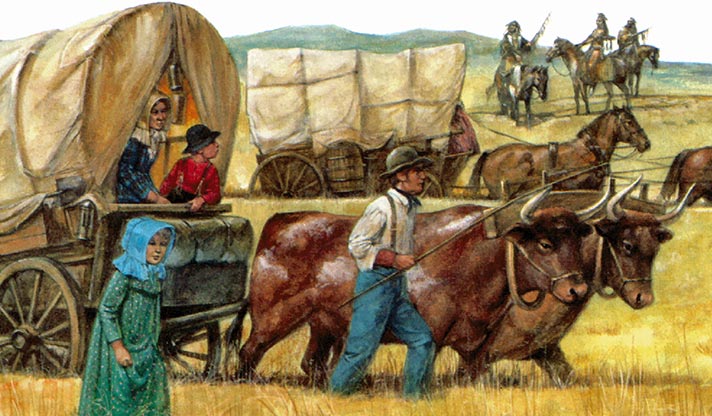 One If by Land One If by LandIn the mid-1800s, California and the Oregon Territory seemed like the “promised land” to individuals in the eastern United States dreaming of riches, adventure, or better lives. But first they had to get here. There were basically two routes—by land and by sea. This month and next, we’ll describe the experiences of pioneers who chose each alternative. … Read more. |
|
|
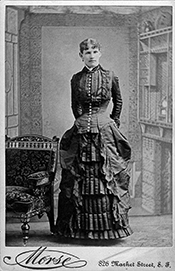 Alice Hanley – A Woman of Fortitude and Vision Alice Hanley – A Woman of Fortitude and VisionAlice Eliza Hanley pursued drawing and painting until her father, Michael Hanley, developed dementia. As the eldest surviving unmarried daughter and deemed an “old maid,” it became her lot in 1885 to care for him until his death while she managed the household and helped with the family’s extensive land holdings. Michael required Alice’s complete attention and forbade her continuing her art. He became a demanding and “difficult patient” until … Read more. |
|
|
|
Since February heralds Valentine’s Day, we thought we would take a closer look at the Victorian idea of love and marriage (although we’re not sure why romance is celebrated in the middle of winter unless “bundling” was a great way to keep warm). Valentines became extremely popular during the Victorian era, but romantic love was of limited relevance when it came to the practicality of marriage … Read more. |
|
|
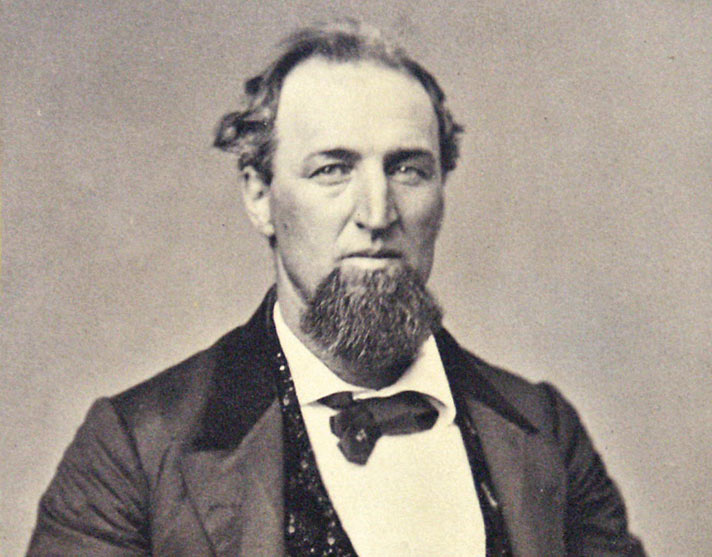 David Linn – Master Builder David Linn – Master BuilderMost of Jacksonville’s original wooden buildings were destroyed in multiple fires, but a few remain. At least two of these landmarks were the work of master builder David Linn. One, the 1854 St. Andrews Methodist-Episcopal Church, was a product of his early Jacksonville career. The other, the 1881 Presbyterian Church, came towards career end. In between he built a fort, public and commercial buildings, houses, staircases, furniture, mining equipment, and coffins. … Read more. |
|
|
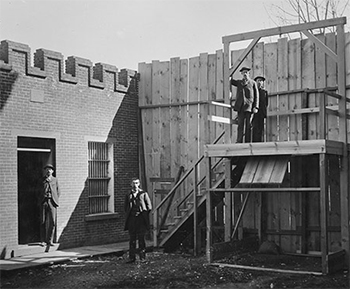 Crime and Punishment in a Gold Rush Town Crime and Punishment in a Gold Rush TownThis year’s Meet the Pioneers tours of Jacksonville’s historic cemetery included several vignettes portraying 19th Century crime and punishment. In one, a man named Matt Shannon had been killed in an 1881 fist fight when his opponent shot him in the head with a concealed gun. A jury declared the murderer “not guilty” on the grounds of “self-defense.” Shannon’s widow bemoaned the “justice” of the jury’s decision, given that Jacksonville at that time was supposedly “no longer a mining camp in the wilderness where brute force and vigilante justice might prevail over the rule of law.” … Read more. |
|
|
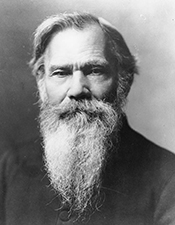 Thomas Fletcher Royal “Minister and Educator” Thomas Fletcher Royal “Minister and Educator”Reverend Thomas Fletcher Royal, known as “Fletcher” to his family and “T.F.” to his friends, arrived with his family by wagon train in the Rogue Valley on October 27, 1853. Gold had been discovered on the banks of Rich Gulch the previous year, and hundreds of fortune seekers and riff raff had poured into the area, giving birth to the boisterous town of Jacksonville with its “din of Sunday trade, gambling, horse racing, and all kinds of wickedness.” This is where Fletcher Royal chose to preach, … Read more. |
|
|
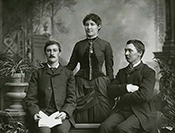 Peter Britt, Part 3 – “Photographer, Visionary, Entrepreneur” Peter Britt, Part 3 – “Photographer, Visionary, Entrepreneur”
The past two Pioneer Profiles have partially explored the public persona of Peter Britt, the pioneer Swiss photographer famed for documenting Southern Oregon’s people, activities, and landscapes, and father of the region’s commercial orchard, wine, and ornamental horticulture industries. Britt also served two terms on the Town Council, was one of the largest landholders in Southern Oregon, and was heavily involved in the many local German organizations. But Britt also had a private side. The final installment in this trilogy focuses on Britt’s home and family life. … Read more. |
|
|
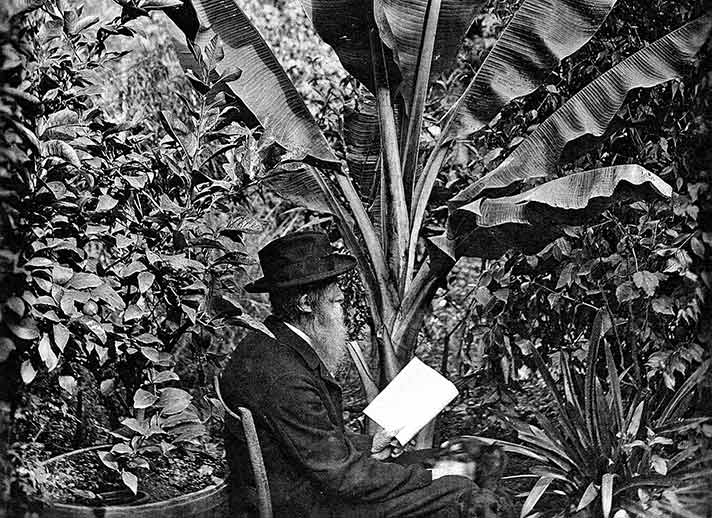 Peter Britt, Part 2 – “Father of Southern Oregon’s Orchard, Wine, and Horticulture Industries” Peter Britt, Part 2 – “Father of Southern Oregon’s Orchard, Wine, and Horticulture Industries”
In July, Pioneer Profiles highlighted Peter Britt’s renown as photographer, artist, and documenter of pioneer life in Southern Oregon. However, Britt was also an avid gardener and is considered to be the father of Southern Oregon’s commercial orchard, wine, and ornamental horticulture industries. Britt Park, now the Britt Festival grounds and the City-owned lower Britt Gardens, was the focal point of many of these efforts. … Read more. |
|
|
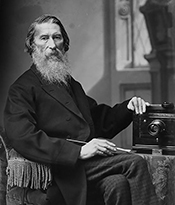 Peter Britt, Part 1 – “Photographer, Visionary, Entrepreneur” Peter Britt, Part 1 – “Photographer, Visionary, Entrepreneur”
It’s Britt season, so what better subject for summer’s Pioneer Profiles than Peter Britt, whose pioneer homestead is now the site of Britt Festivals, the Britt Gardens, and portions of Jacksonville’s Woodlands Trail System. Perhaps best known as the pioneer photographer who documented Southern Oregon’s people, activities, and landscapes from the 1850s to 1900, Peter Britt was also a visionary, a painter, a respected horticulturalist, a vintner, and an entrepreneur. … Read more. |
|
|
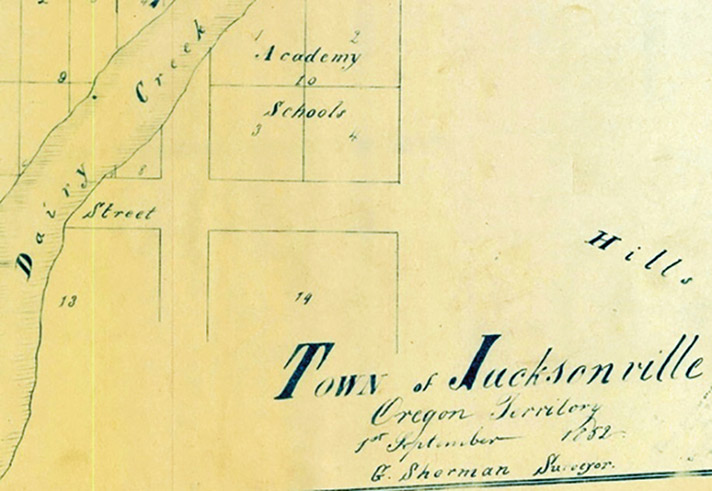 What’s in a Name? What’s in a Name?Place names change over time. Perhaps named initially for a landmark, event, or person, memories fade; new events occur; a more recent person is honored. Have you ever seen any daisies along Daisy Creek? That’s because there aren’t any. The original name of the creek was Dairy Creek. Are, or were, there any dairies along the creek? No. But there was a Dairy family, and that’s where this story really begins … Read more. |
|
|
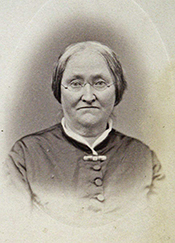 The Legend of “Aunty” Zany Ganung The Legend of “Aunty” Zany GanungAunty” Zany Ganung is a Jacksonville legend. According to that legend, Zany returned to Jacksonville in May of 1861 after an “all-nighter” nursing one of her physician husband Lewis’s patients. What did her weary eyes behold but the Confederate Palmetto flag hoisted on a California Street flagpole across the street from her house! … Read more. |
|
|
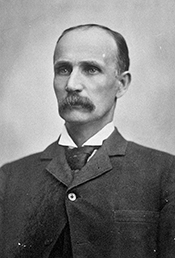 “Judge” William Mason Colvig: Jack of All Trades, Public Servant, Part 2 “Judge” William Mason Colvig: Jack of All Trades, Public Servant, Part 2Born in Missouri in 1845, Colvig had crossed the plains to Oregon at age six. An ox-drawn covered wagon was his alma mater with his mother teaching him to read during the five and a half months they sped “dizzily over the plains at the rate of 10 or 12 miles a day.” His father staked a land claim on the Umpqua near Canyonville and Colvig grew up with Indian children as playmates. … Read more. |
|
|
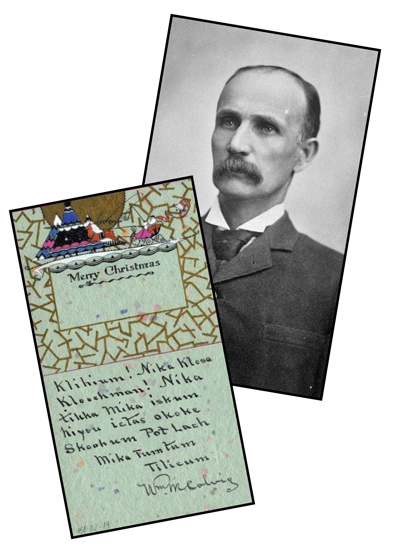 “Judge” William Mason Colvig: Jack of All Trades, Public Servant, Part 1 “Judge” William Mason Colvig: Jack of All Trades, Public Servant, Part 1William Mason Covig’s Christmas greeting is written in Chinook, the “trading language” used between immigrants and the indigenous people of the Pacific Northwest until around 1900. Colvig professed to have been more fluent in Chinook, the language of his childhood playmates, than in his native English. Born in Missouri … Read more. |
|
|
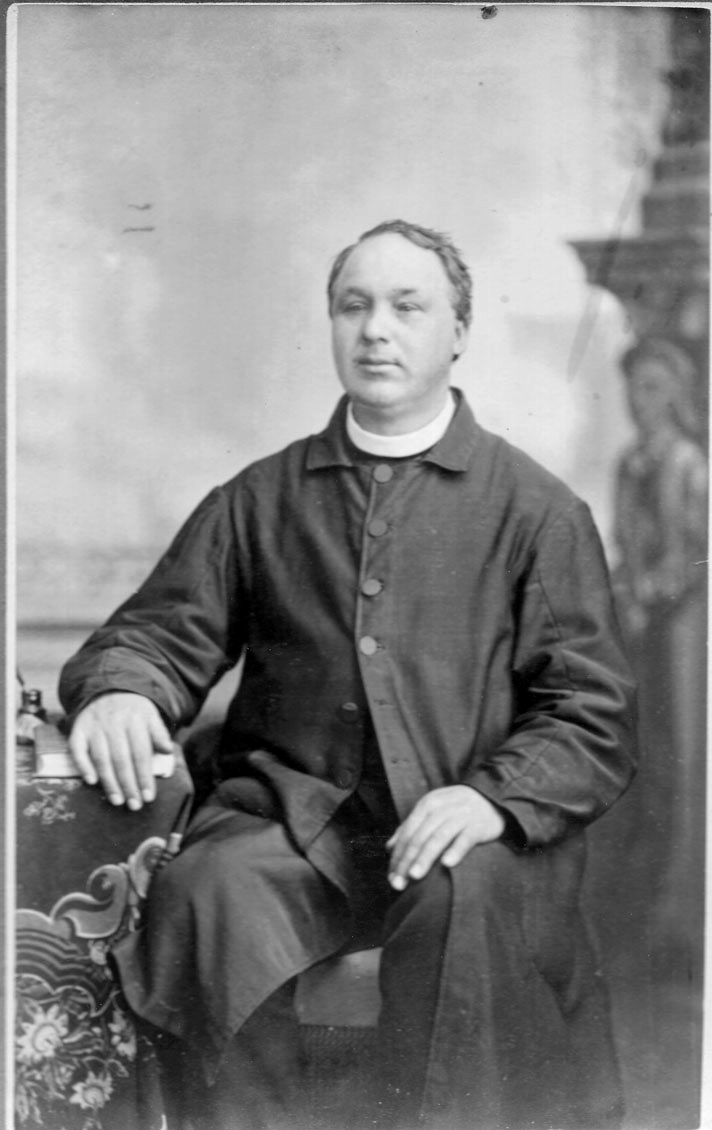 Father Francis Xavier Blanchet: Minister to All! Father Francis Xavier Blanchet: Minister to All!On September 22, 2018, the Friends of St. Joseph’s are hosting “A Bid for History”—a dinner and auction to support the ongoing care and preservation of Jacksonville’s classical 1868 Catholic Rectory, a significant piece of local history. However, it only became the Catholic Rectory in 1875 when Reverend Francis Xavier Blanchet purchased the property.. … Read more. |
|
|
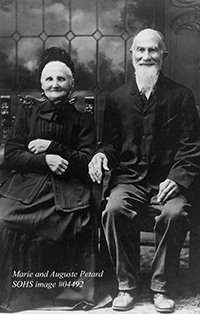 Auguste Petard – Caught in “The Act” Auguste Petard – Caught in “The Act”Early settlers recognized the Rogue Valley’s potential for grape and wine production long before the World of Wine, now the Oregon Wine Experience, began celebrating the award-winning varietals being produced in the region’s many micro-climes. As early as 1854, Peter Britt, the father of Southern Oregon’s wine industry, planted his first vineyards. Colonel J.N.T. Miller boasted 20 acres of vineyards and 20 varieties of grapes. … Read more. |
|
|
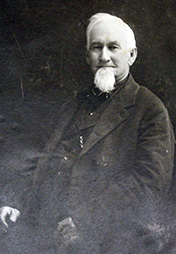 William Bybee – Land Baron William Bybee – Land BaronAmong the Rogue River Valley’s early settlers, there was no more extensive land owner than William Bybee. According to the 1904 Portrait and Biographical Record of Western Oregon, Bybee could claim “the distinction of having owned at different periods more than half of Jackson County” and his interests were characterized as being synonymous with the region. Bybee had come a long way from his roots. … Read more. |
|
|
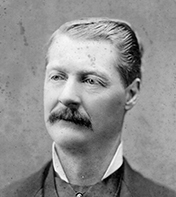 Thomas G. Reames: Capitalist, Politician, Self-Made Man Thomas G. Reames: Capitalist, Politician, Self-Made Man… beginning in 1887, when Thomas G. Reames joined Beekman as a full partner, it became the Beekman and Reames Banking House, and remained so until Reames’ death in 1900. During much of that period, Reames was the face clients would see behind the counter as family business took Beekman on extended trips to the East Coast. … Read more. |
|
|
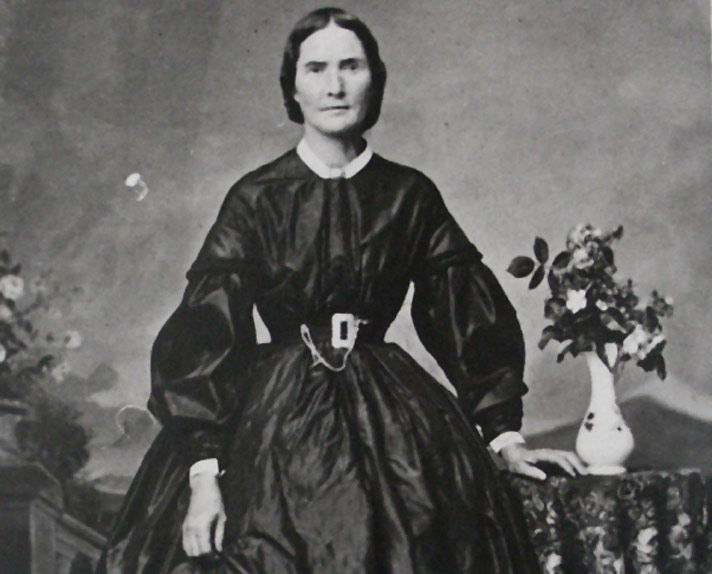 Mary Ann Harris Chambers – Survivor Mary Ann Harris Chambers – SurvivorA woman’s role was considerably different in the 19th Century. It was a “man’s world.” But while subject to male dominance, women usually ruled the home, considered by society as their “natural sphere.” Some prevailed in both worlds. . … Read more. |
|
|
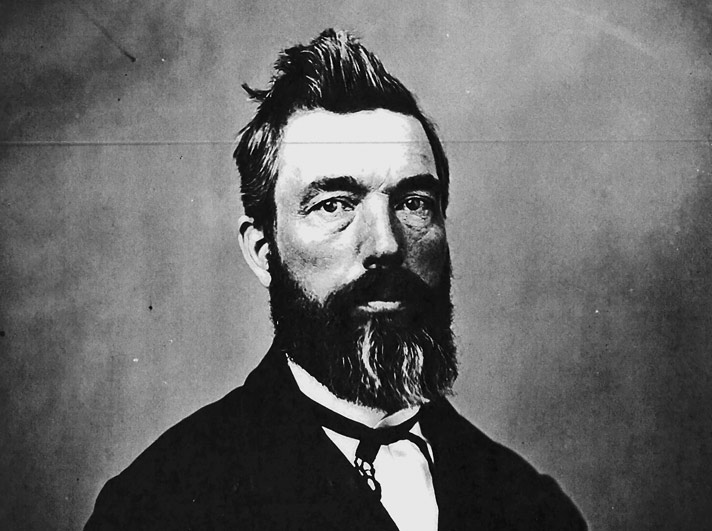 An 1854 Letter from Oregon – by Orange Jacobs, Esquire An 1854 Letter from Oregon – by Orange Jacobs, EsquireAs the tide of immigration is flowing towards this country, and many are leaving the good old Keystone to seek a home in the Far West, a voice from Oregon might not be uninteresting to your numerous readers—the world, I might say—for through your columns, … … Read more. |
|
|
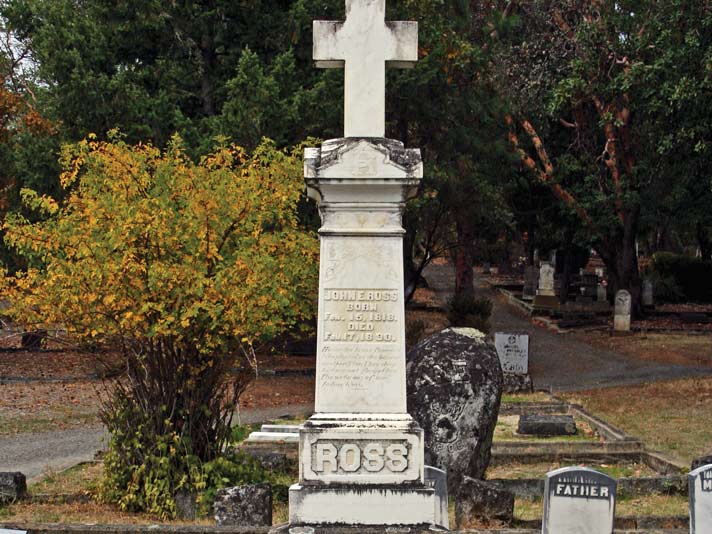 Colonel John England Ross: Indian Fighter, Part 3 By October of 1852, he and his men were no longer needed—winter was approaching, wagon trains had ceased coming, and it was time for Ross to return home to Jacksonville. There was also an additional incentive—a young lady named Elizabeth Hopwood., . … Read more. Colonel John England Ross: Indian Fighter, Part 3 By October of 1852, he and his men were no longer needed—winter was approaching, wagon trains had ceased coming, and it was time for Ross to return home to Jacksonville. There was also an additional incentive—a young lady named Elizabeth Hopwood., . … Read more.
|
|
|
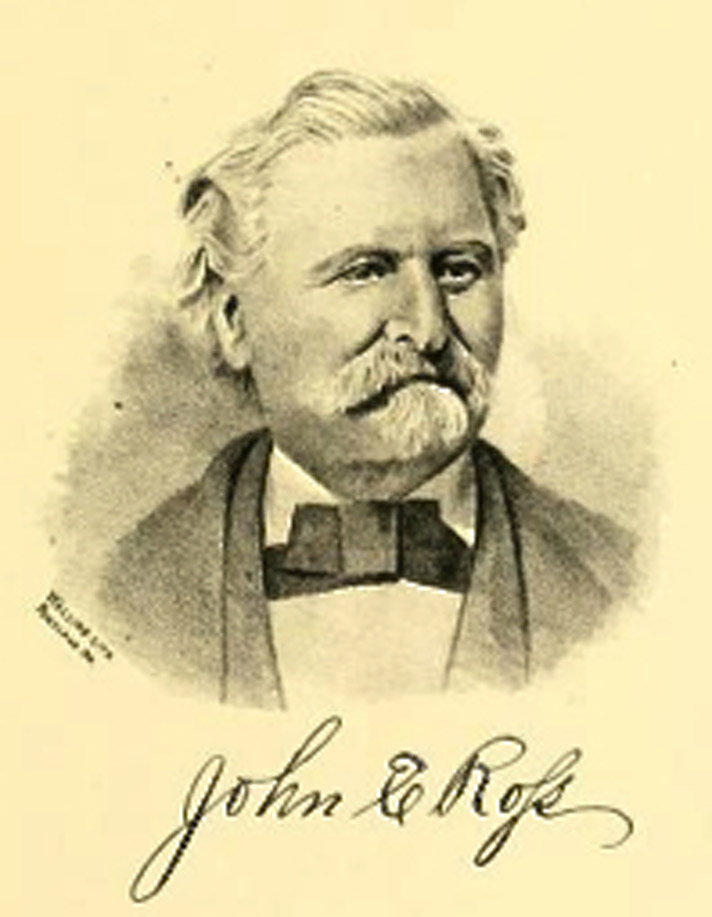 Colonel John England Ross: Indian Fighter, Part 2 Colonel John England Ross: Indian Fighter, Part 2
When we left Colonel John England Ross in our August 2017 Pioneer Profile, he had barely avoided eating crow…literally. After finding gold near Sawyer’s Bar on the Klamath River in California in 1850, he had been wounded in a skirmish with Indians and had his horses stolen. By the time prospectors found Ross and his companions, . … Read more. |
|
|
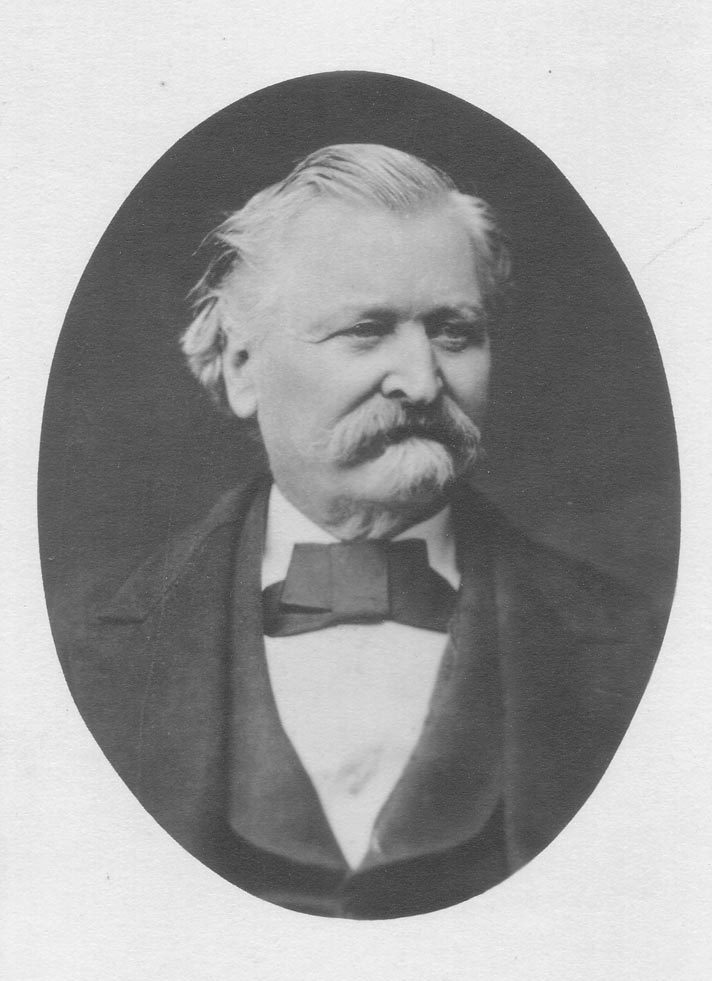 Colonel John England Ross: Indian Fighter, Part 1 Colonel John England Ross: Indian Fighter, Part 1
Ross Lane, which meanders through the Valley floor just north of Jacksonville, demarcates some of the former land holdings of Colonel John England Ross. Ross, who gained his title and his reputation as an Indian fighter during Oregon’s various Indian wars, is an enigmatic character. His first marriage was to a half-breed member of the Menominee tribe in Illinois. And by virtue of his military authority, … Read more. |
|
|
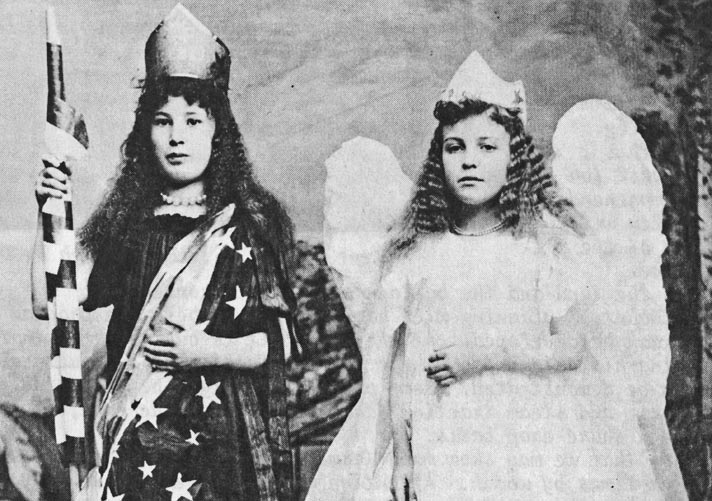 The Glorious Fourth! The Glorious Fourth!Well into the 20th Century, the Fourth of July was a bigger U.S. holiday than Christmas. Long before Congress declared July 4th an official holiday in 1870, John Adams had written to his wife Abigail shortly after the signing of the Declaration of Independence … Read more. |
|
|
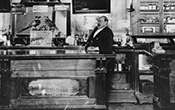 Early Jacksonville Saloons Early Jacksonville SaloonsGold rush Jacksonville reputedly had as many as 36 saloons when “entrepreneurs” as well as miners arrived in Jacksonville following James Clugage’s and James Poole’s discovery of gold in the winter of 1851-52. … … Read more. |
|
|
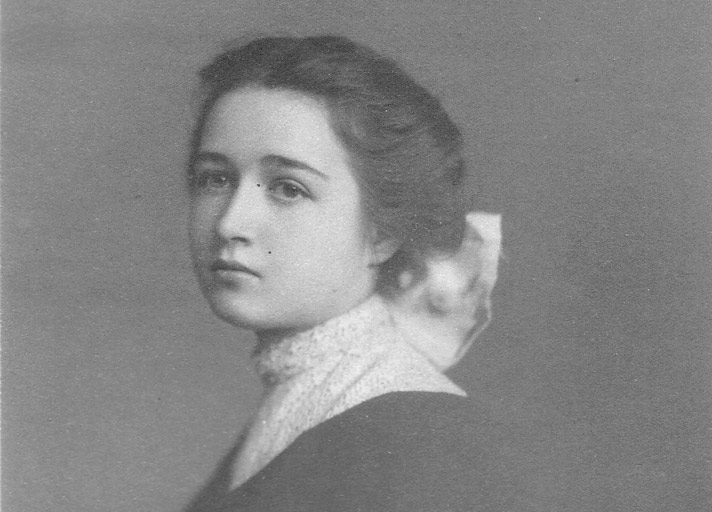 Regina Dorland Robinson – A Lasting Impression Regina Dorland Robinson – A Lasting ImpressionFor most of her brief life, Regina Dorland Robinson worked steadily toward one goal: to become an accomplished and successful artist. She studied and practiced technique, experimenting with multiple mediums and styles. By 1916, at the age of 24, she had gained a confidence and competency that gave her work its inspiring uniqueness. … … Read more. |
|
|
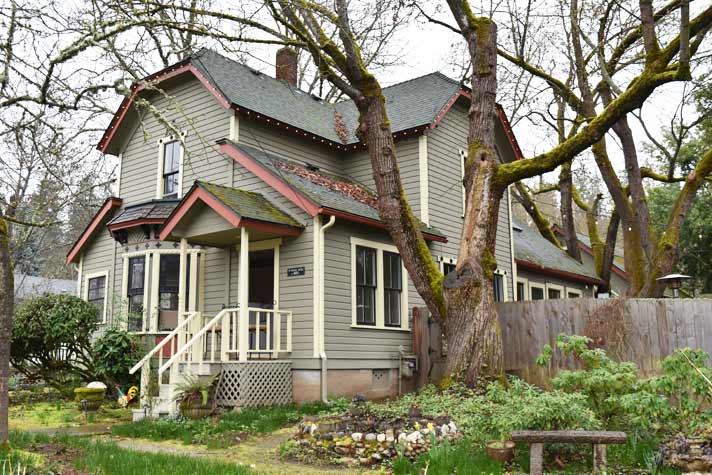 Jeanne St. Luc DeRoboam and Henrietta Schmidling – The Next Installment Jeanne St. Luc DeRoboam and Henrietta Schmidling – The Next InstallmentAlthough hotel proprietress Jeanne DeRoboam Laugier Guilfoyle Holt (see Pioneer Profiles, March 2017)was the most prominent of the DeRoboams to settle in early Jacksonville, her brother, Jean St. Luc DeRoboam, also left his mark on the town. … Read more. |
|
|
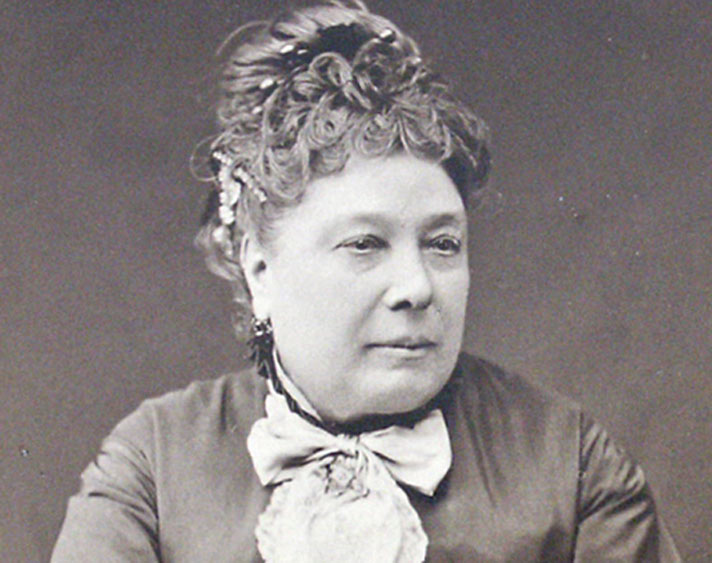 Madame Jeanne DeRoboam Laugier Guilfoyle Holt: Hotel Proprietress Madame Jeanne DeRoboam Laugier Guilfoyle Holt: Hotel ProprietressThe small, relatively plain, headstone in the Catholic section of the Jacksonville Cemetery simply reads Jane Holt—an ironic “grand finale” for Madame Jeanne DeRoboam Laugier Guilfoyle Holt, one of the larger-than-life … Read more. |
|
|
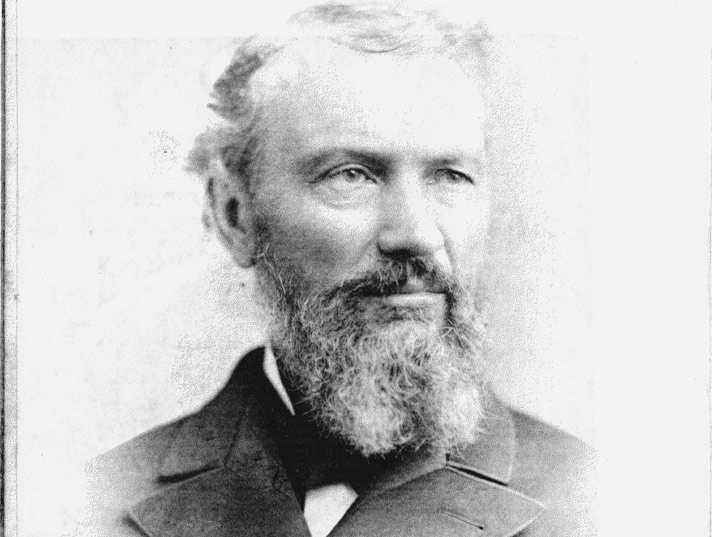 Paine Page Prim: Lawyer, Judge, Supreme Court Justice Paine Page Prim: Lawyer, Judge, Supreme Court JusticePrim’s beginnings were inauspicious. He was born in Wilson County, Tennessee, on May 2, 1822, the son of a poor farmer who died when Prim was a boy. As a “man of the family,” he had his mother … … Read more. |
|
|
|
|
|
|
|
|
|
|
|
|
|
|
|
|
|
|
|
|
|
|
|
|
|
|
|
|
|
|
|
|
|
|
|
|
|
|
|
|
|
|
|
|
|
|
|
J.C. Whipp – Artist in Stone |
|
|
|
|
|
|
|
|
|
|
|
|
|
|
|
|
|
|
|
|
|
|
|
|
|
|
|
|
|
|
|
|
|
|
|
|
|
|
|
Although a close to record snow fall on January 3, 2017, had local residents digging out from under up to 20 inches of the white stuff, that “storm of the century” may not compare to some of the snows experienced in Southern Oregon before formal record keeping began. One winter in particular comes to mind—the winter of 1852, also known as the winter of hardships, starvation, and privation. <strong> … Read more.</strong> |
|
|
|
|
|
|
|
|
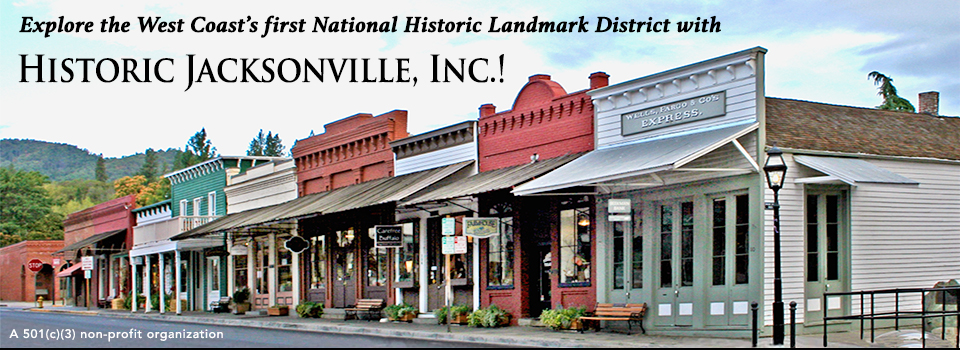
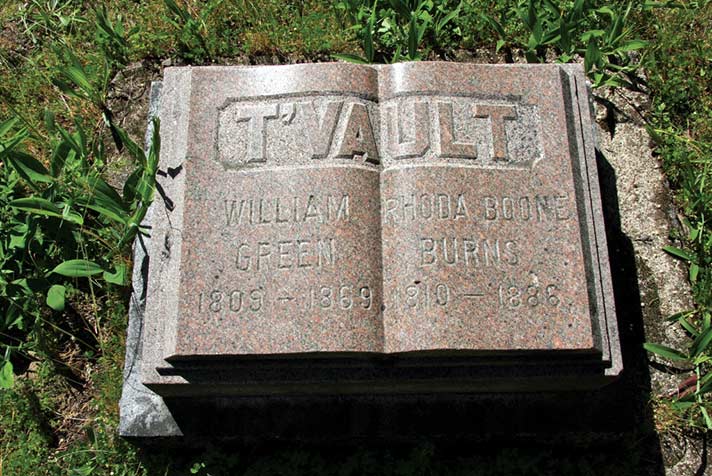
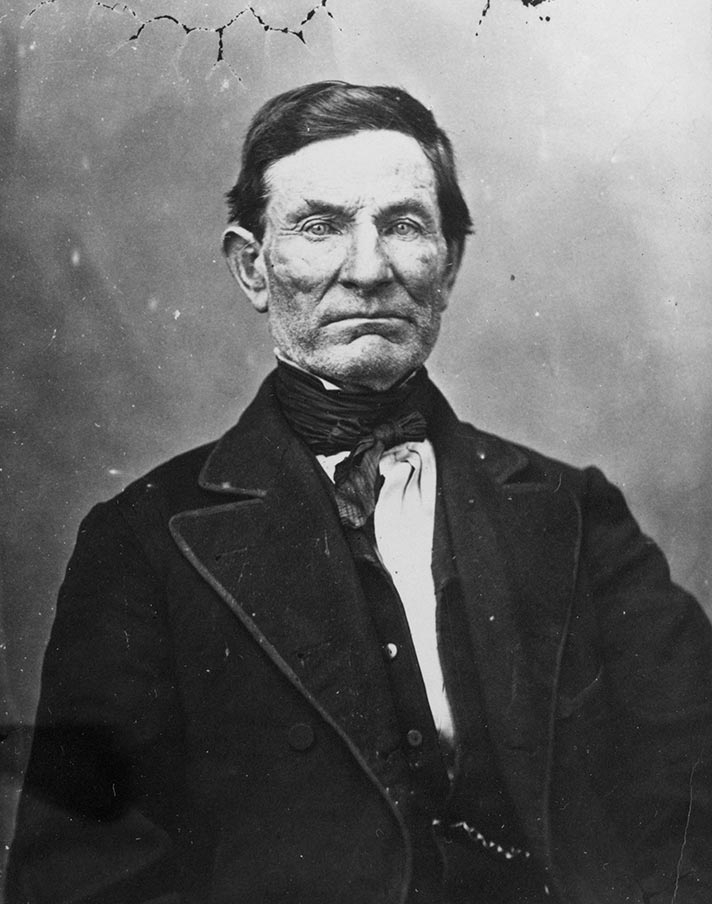
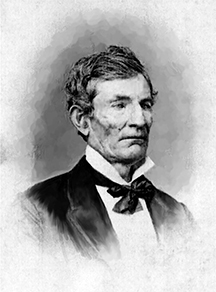
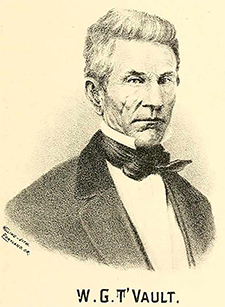
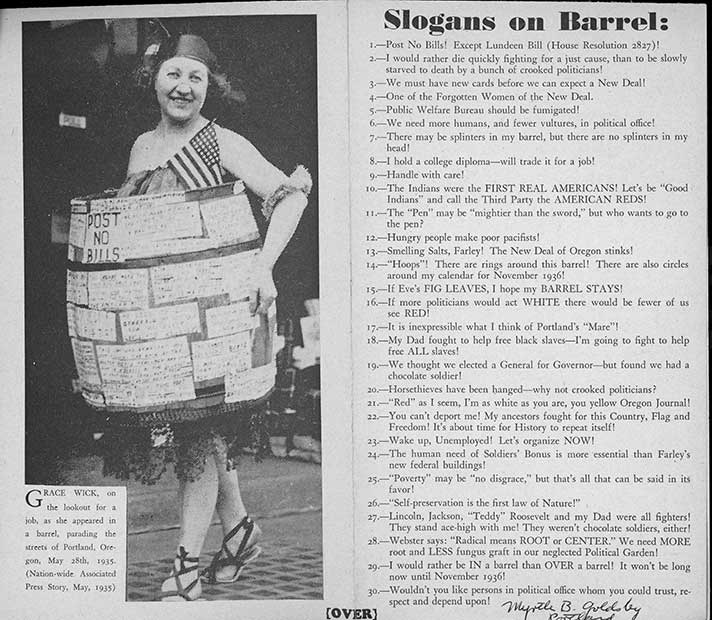
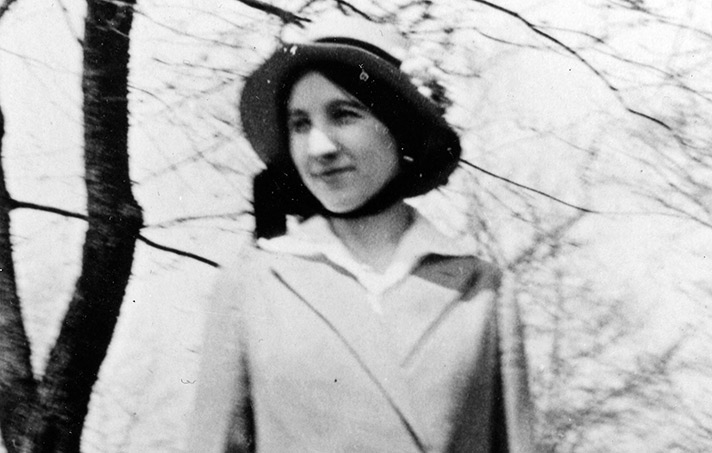
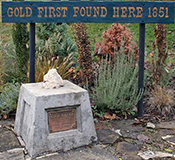
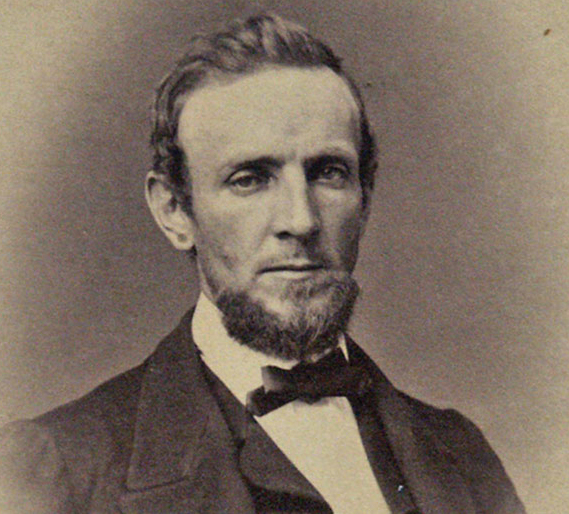
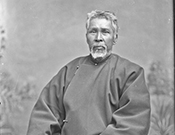
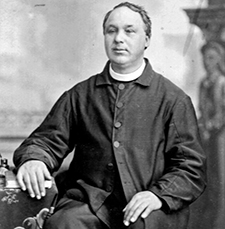
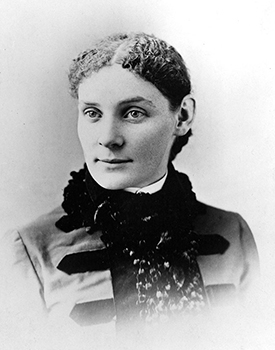
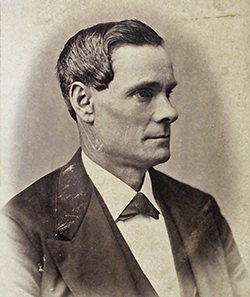

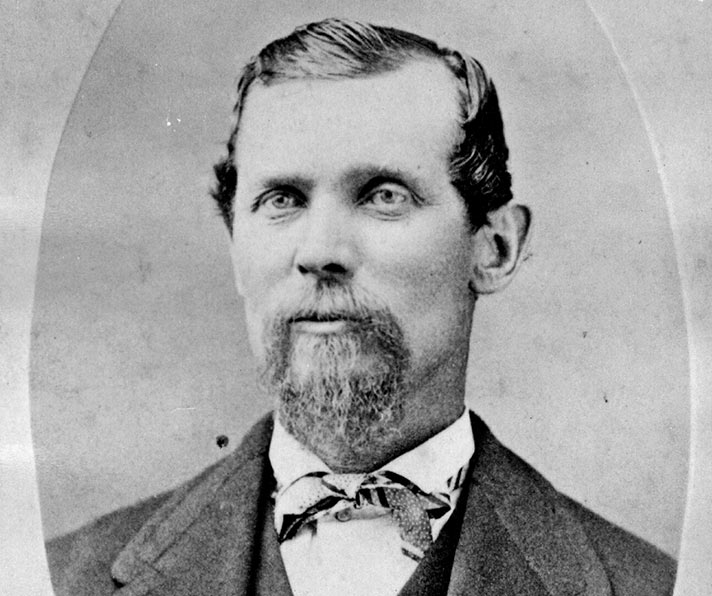
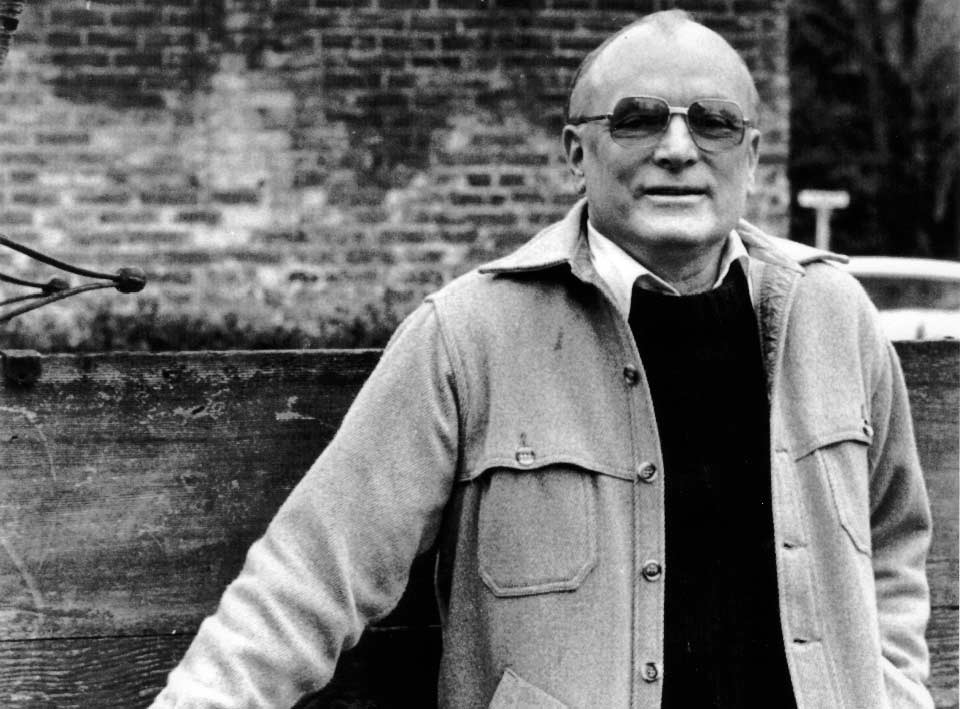
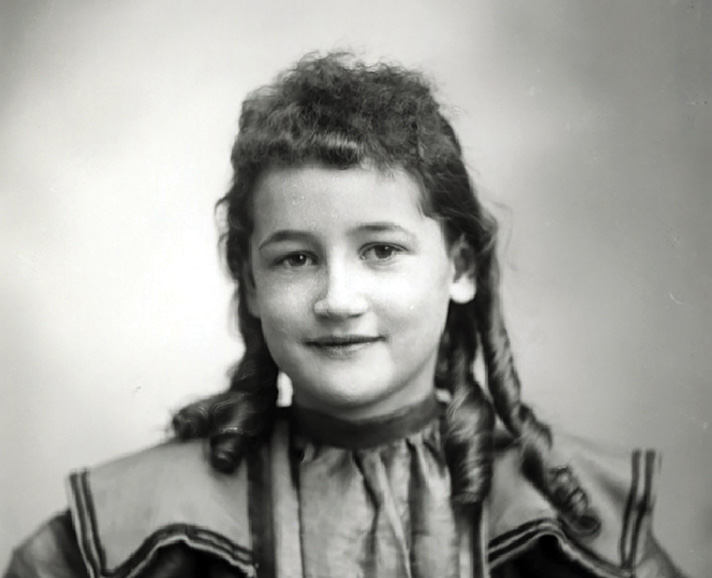
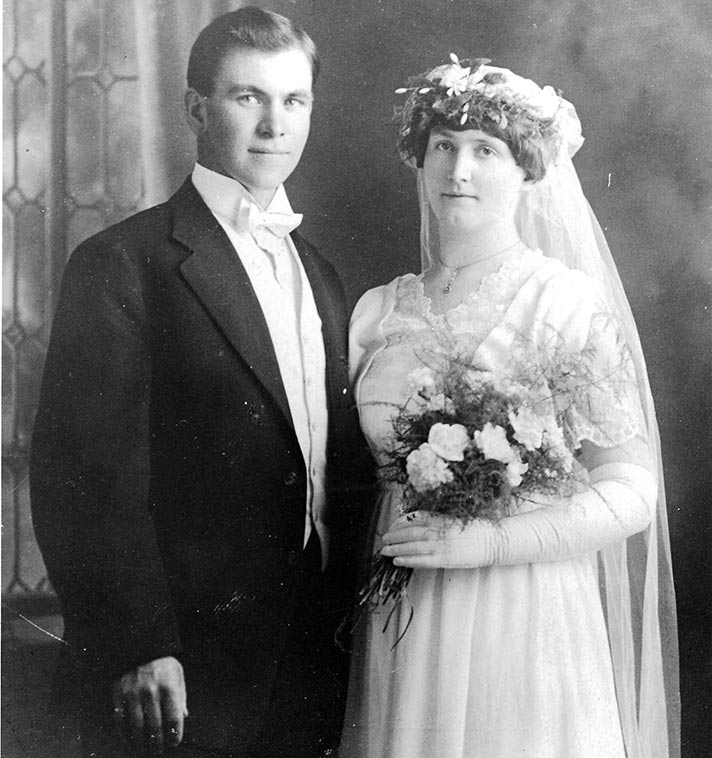
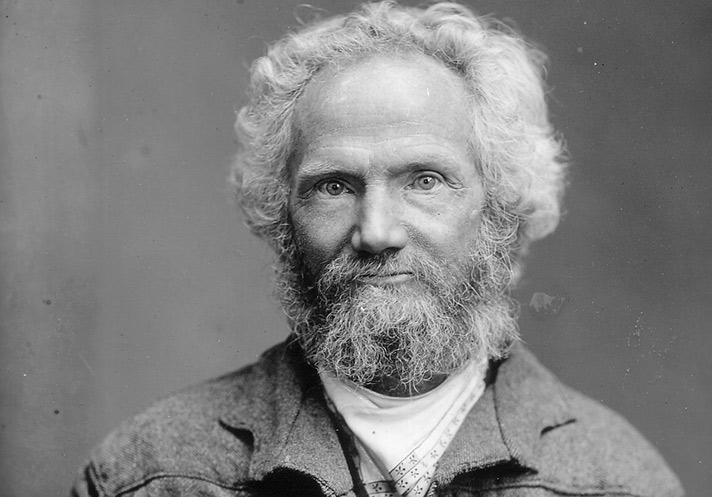
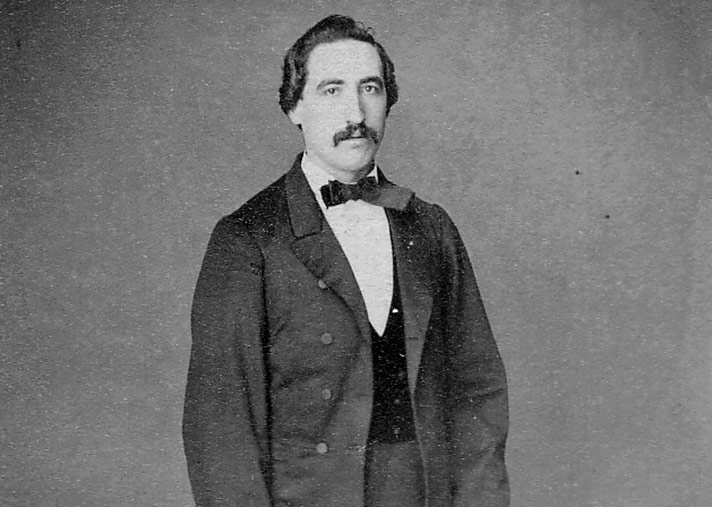
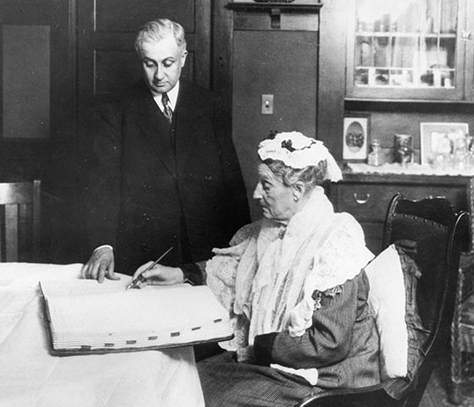
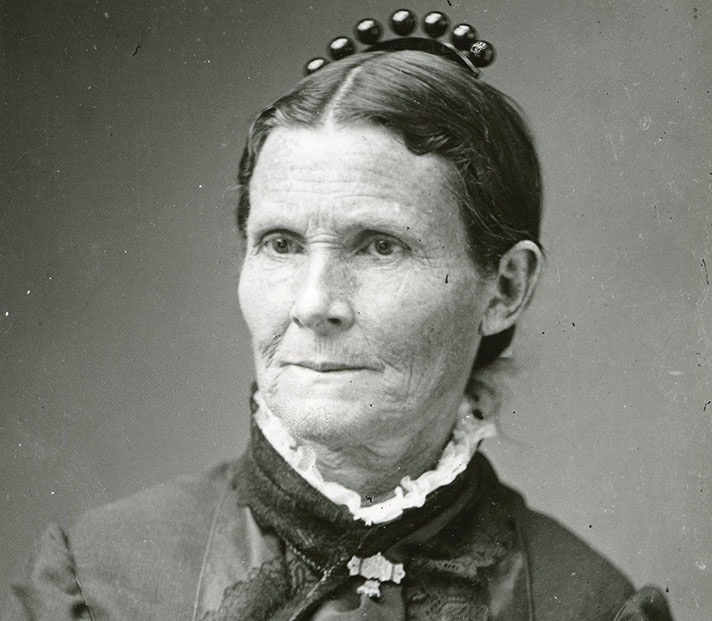

 Love & Marriage
Love & Marriage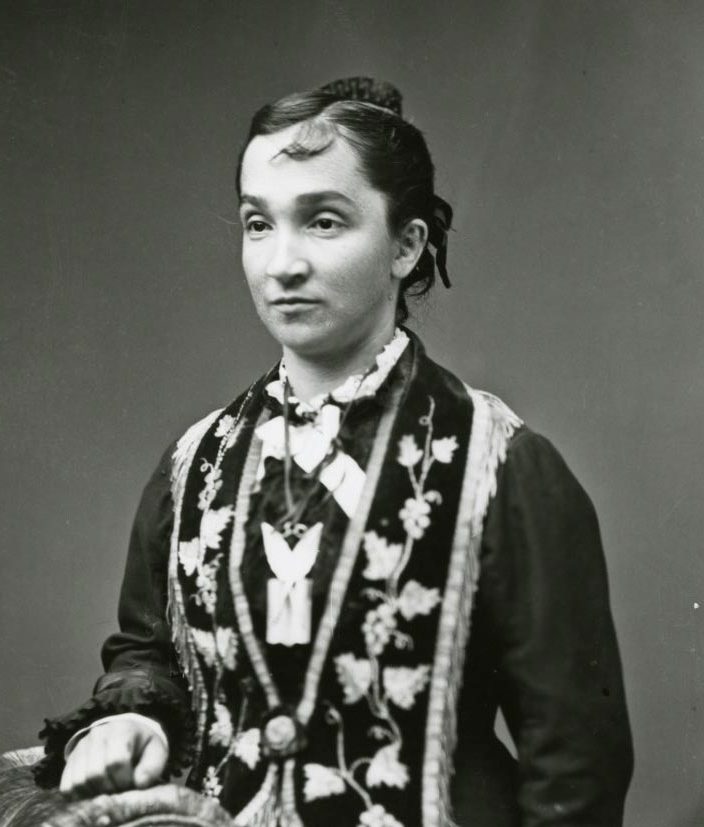
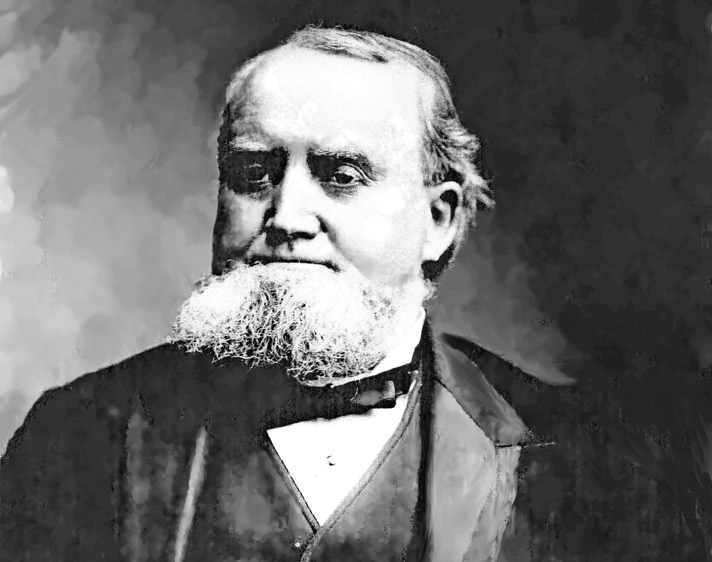
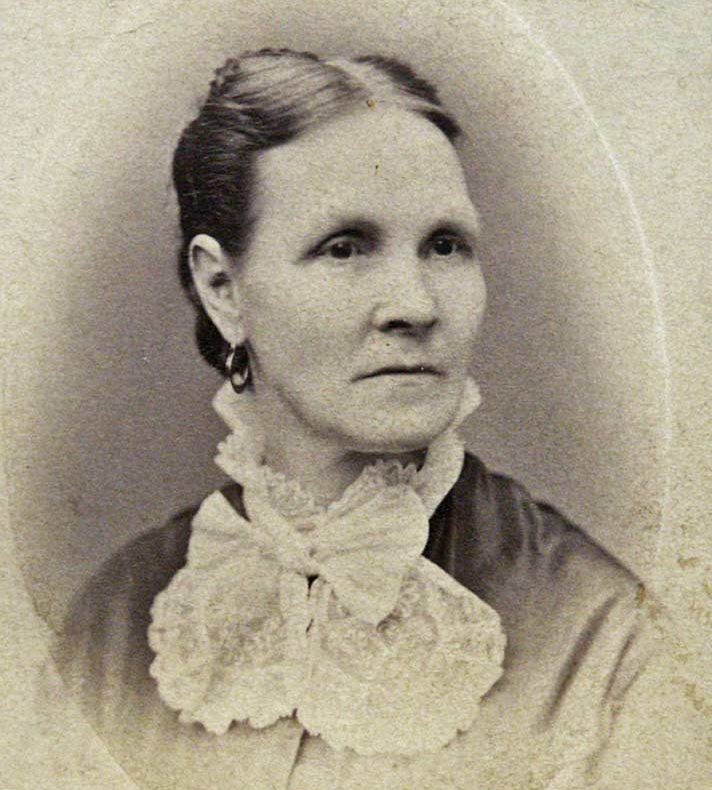
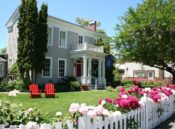
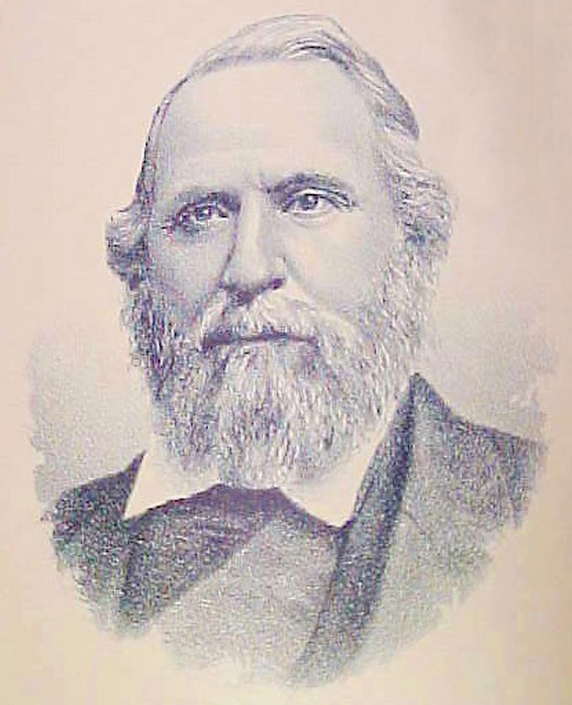
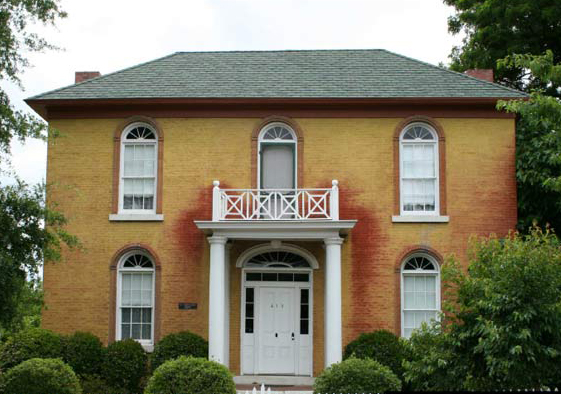
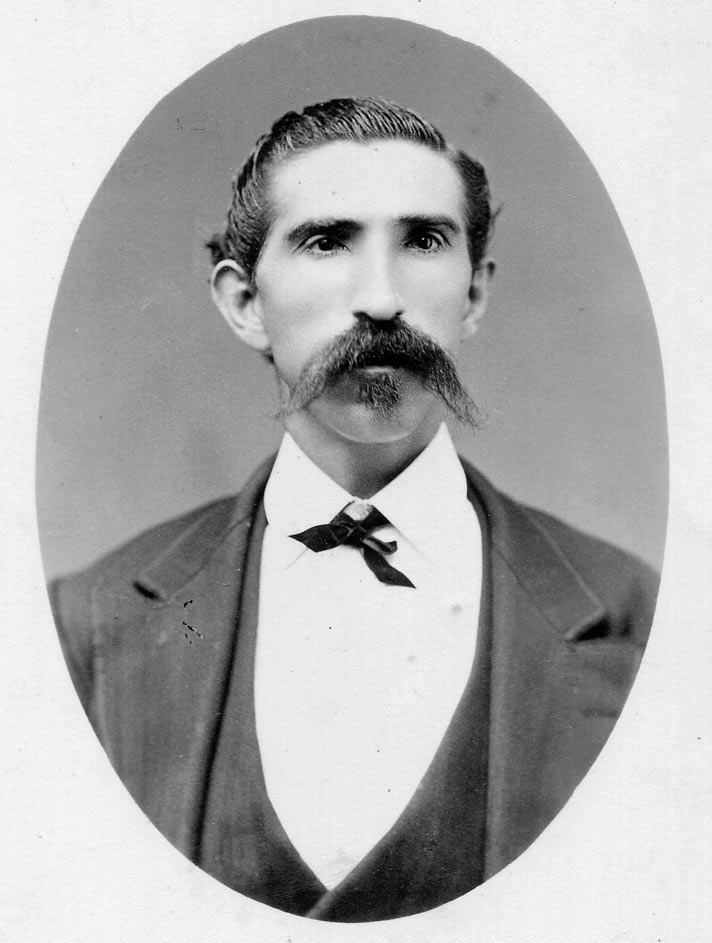
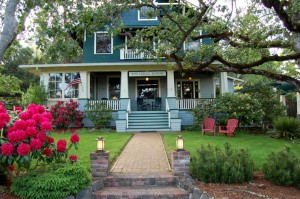
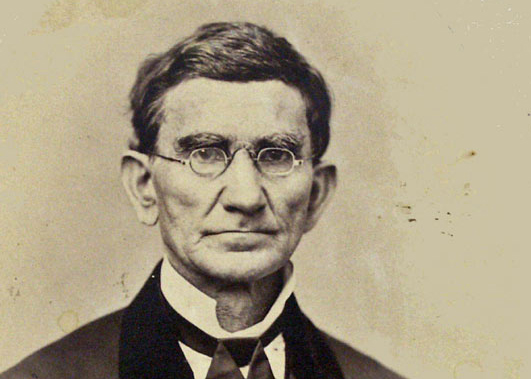
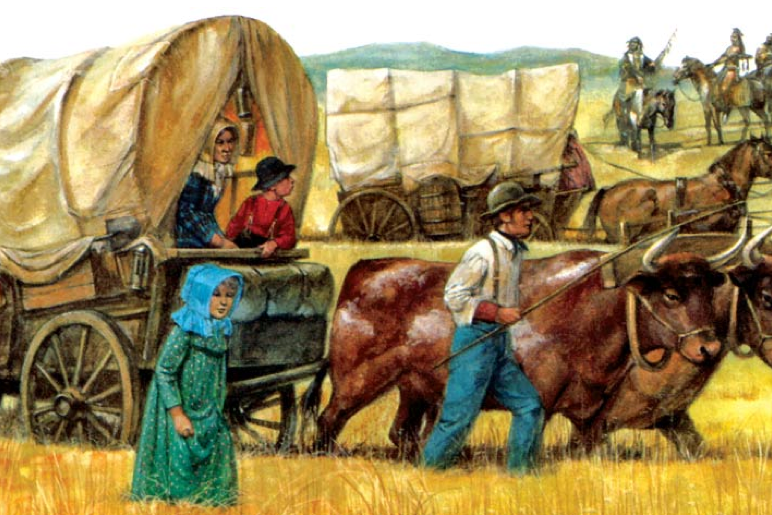
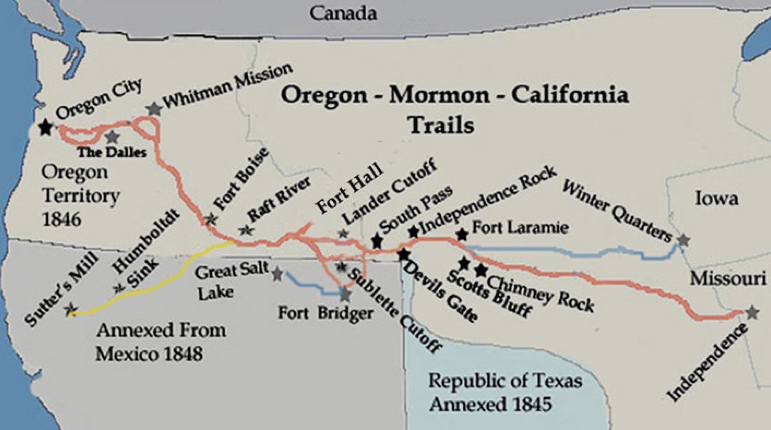
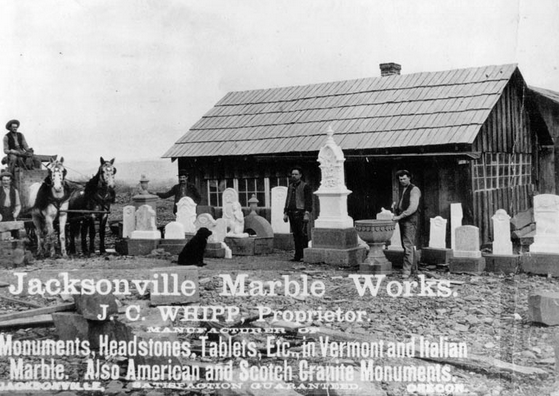
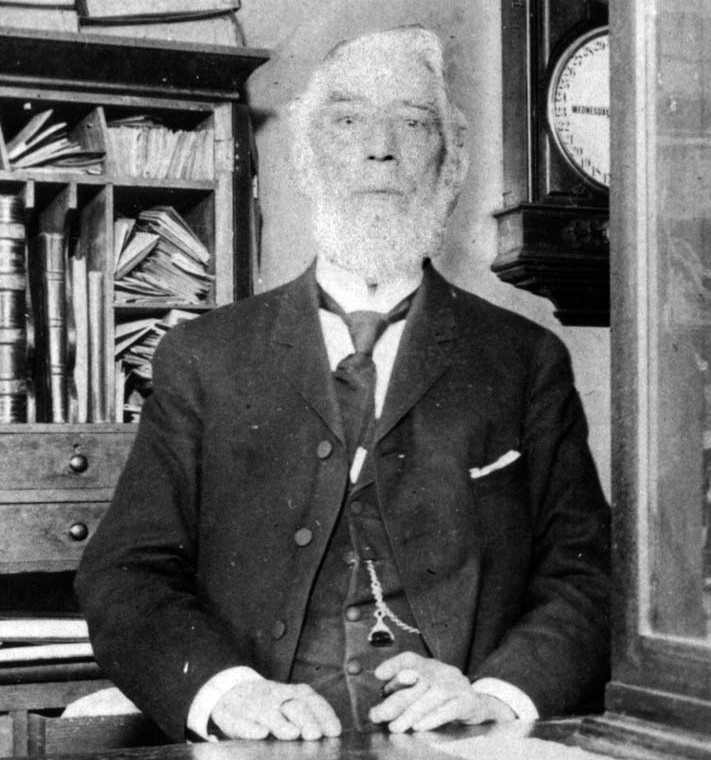
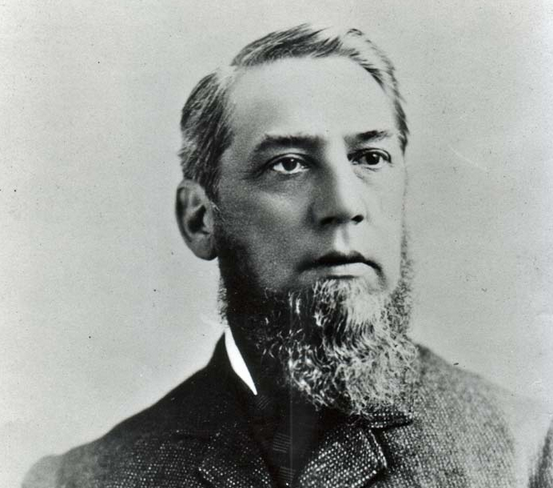
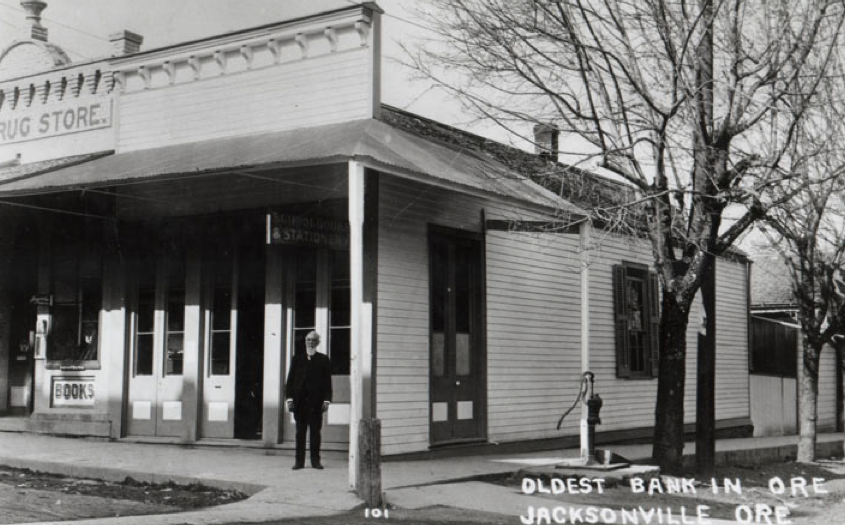 Cornelius C. Beekman, “Mr. Jacksonville” – Part 2
Cornelius C. Beekman, “Mr. Jacksonville” – Part 2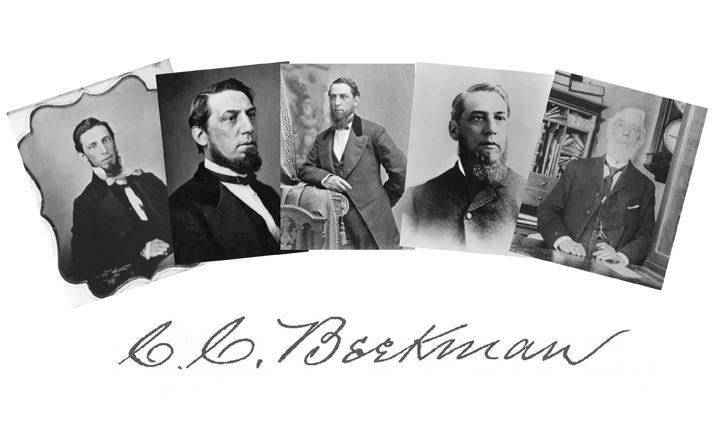 Cornelius C. Beekman, “Mr. Jacksonville” – Part 1
Cornelius C. Beekman, “Mr. Jacksonville” – Part 1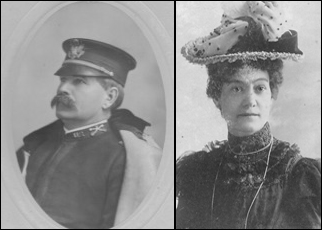
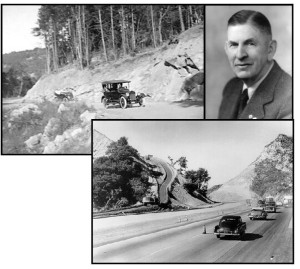

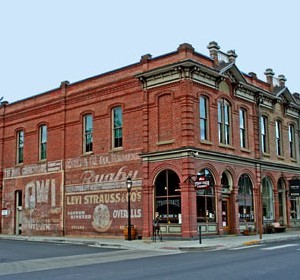 Jacksonville’s German-Speaking Settlers
Jacksonville’s German-Speaking Settlers